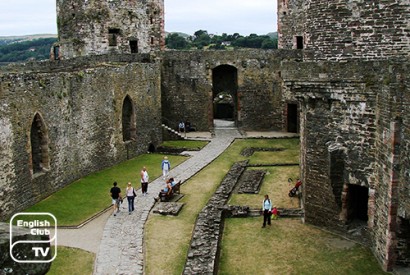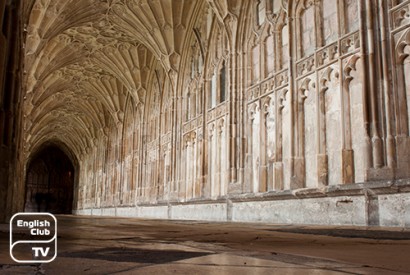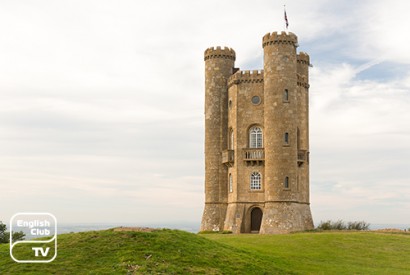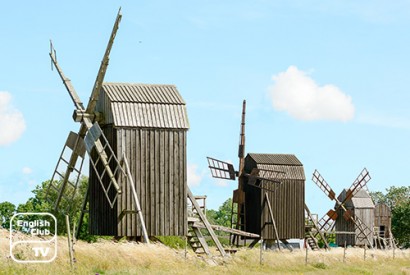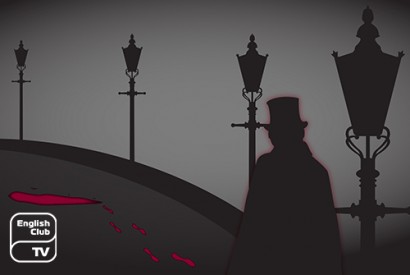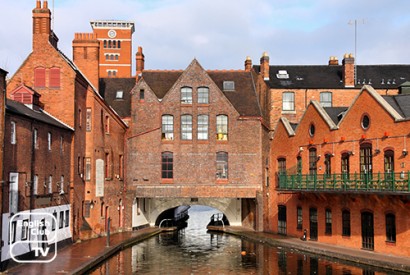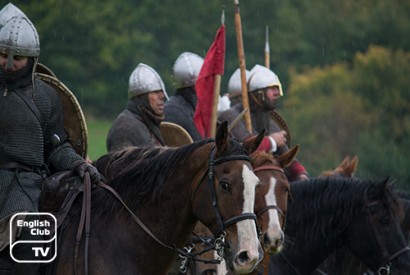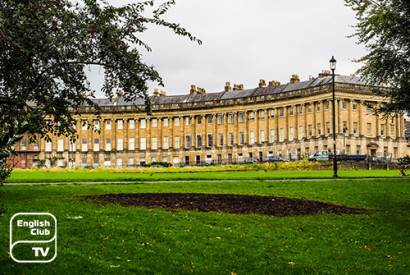24
Mar
Berkeley Castle showcases History in its finest form
The Berkeleys built the Berkeley Castle in the 12th Century. Since then, many Berkeleys inherited the castle and added parts to it or renovated the castle from time to time during their victories and abandoned it during their defeats or fortified it to face the revolts against them. The castle shows genuine and fascinating historical facts which attract historians as well as laymen to the castle to study its lineage. The first castle came to exist in 1067 when William FitzOsbern won the battle. Three generations after that they inherited… 

